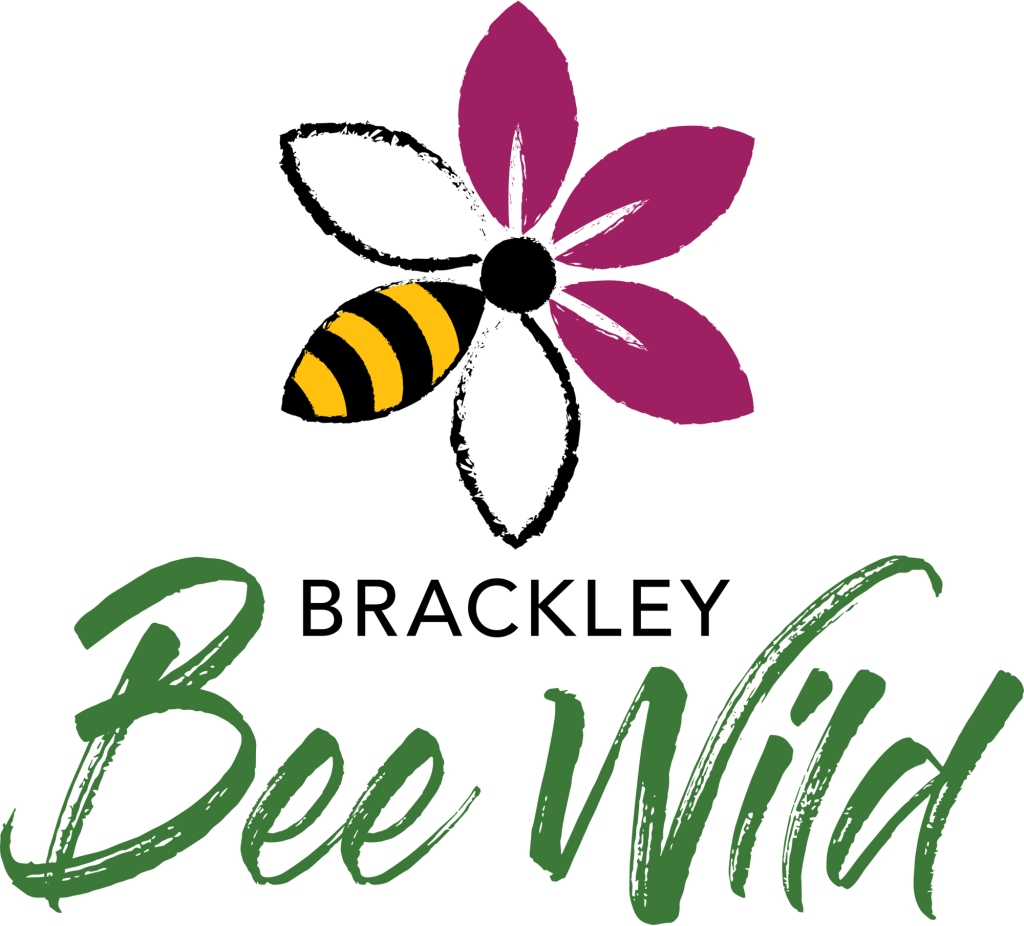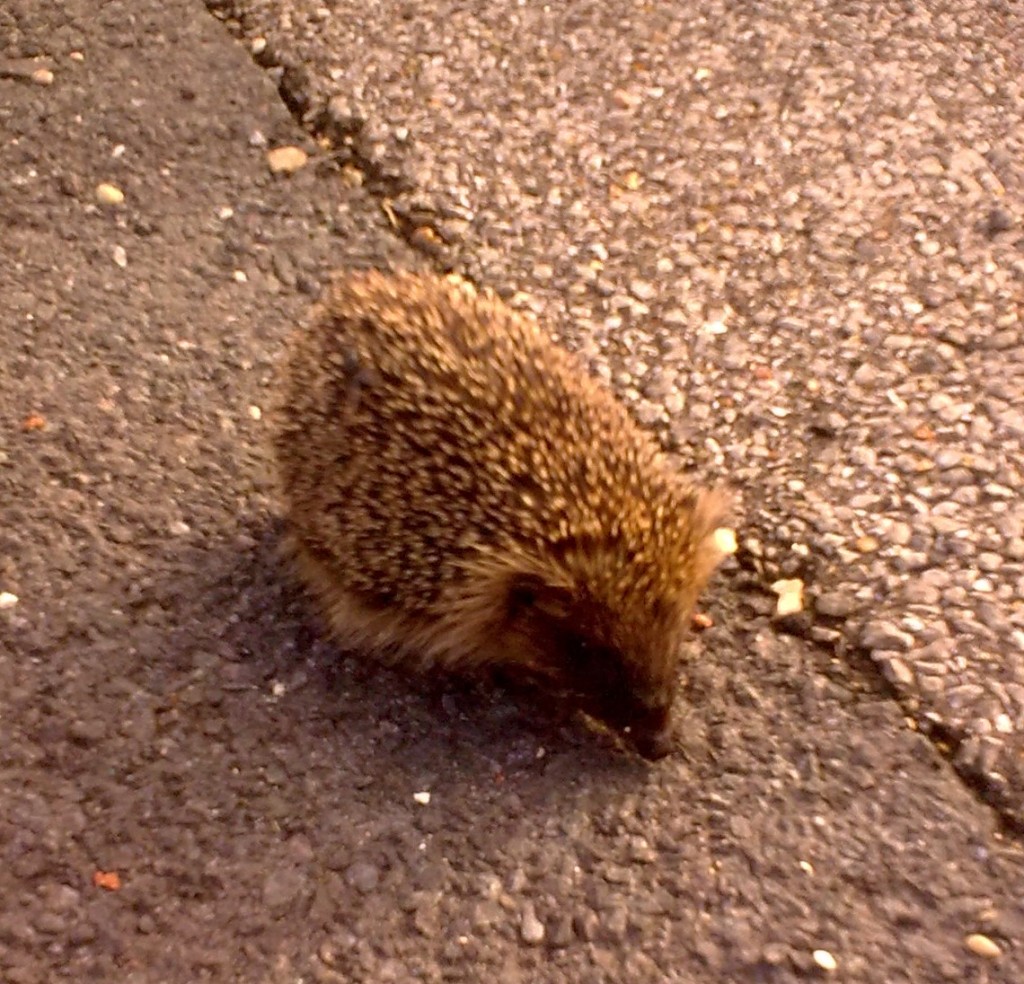
Wildlife, and insects in particular, need our help urgently.
Our gardens can provide a safe space for wildlife to thrive among the ‘desert’ areas of urbanisation and agriculture. There’s so much we can do so let’s get Brackley buzzing!
It doesn’t take a lot to make your garden a vital refuge for insects. Think of it as a pit stop for them. Below are some ideas of things you can do to help but if you fancy ‘doing nothing’ then why not leave a square metre of lawn to grow long?





- Food – plants is where it all starts as they are bottom of the food chain. Select nectar and pollen rich flowering plants that can provide food throughout the year. Some good examples include Giant Hyssop (Agastache Foeniculum), Vipers Bugloss, Foxgloves, Marjoram and Thyme. Add in some host plants for butterfly caterpillars too such as nasturtiums. Many flowers and shrubs found in garden centres are no good for bees as they do not produce nectar or pollen – learn more. If you are looking to attract more butterflies into your garden then check out the plants that they like to visit. Any plant is better than decking or paving, and the more plants you have, and the wider the variety, the better. To be sure your plants are truly insect friendly by being pesticide free, either buy from an organic nursery (there are some on-line suppliers), grow your own from seed or share plants with friends and neighbours.
- Water – adding a wildlife pond (even a very small one) is one of the best things you can do for wildlife in your garden. You can do this at any time of the year. If you don’t have the time or space for a pond then create a simple mini pond by digging a hole (or not!) and using a large container (eg washing up bowl or Belfast sink) and filling with water – don’t forget to add some rocks that sit above the water line so that wildlife can easily climb out and an aquatic plant or two. Alternatively you may like to create a bog garden.
- Garden Organically – harmful chemicals can negatively affect all garden wildlife and remember that insects provide a source of food for many of our much loved garden visitors including robins and hedgehogs. There are many ways to keep your garden looking good, from companion planting to encouraging natural predators, without using dangerous chemicals. Strongly scented plants like Marigolds, Sage or Lavender near vegetables/flowers can deter insects. A teaspoon of washing up liquid in a gallon/ 4 litres of water is enough to wash off insects. Use peat-free growing material to protect peat bogs.
- Add some wildlife hideaways so that there are some areas to take refuge. Create a log pile for all things creepy crawly which will in turn attract birds, hedgehogs and frogs looking for a tasty snack! Build a bug house or a solitary bee hotel and your local wildlife will thank you!
- Welcome hedgehogs – speak to your neighbour and create a hedgehog highway hole in your fence (13cm x 13cm), or dig a channel, to allow hedgehogs to easily travel between gardens and consider setting up a feeding station. Find out what hedgehogs and badgers like to eat.
- Outdoor Lighting – switch off outside lights overnight or use motion sensors or timers for essential/security lighting – our nocturnal friends can become disoriented by artificial light and light pollution is thought to be partly to blame for the decline of glow-worms.
Go Wild for Beetles!
Beetles are a vital part of any wildlife garden. They will munch on garden insects like aphids and snails, whilst acting as food for our larger garden visitors such as hedgehogs and birds. Unfortunately, beetle populations are threatened by things like pesticides, habitat loss and climate change – but you can help! Download your FREE guide and bring back beetles to your own garden.

Did you know:
The collective noun for a group of swallows is a ‘gulp’